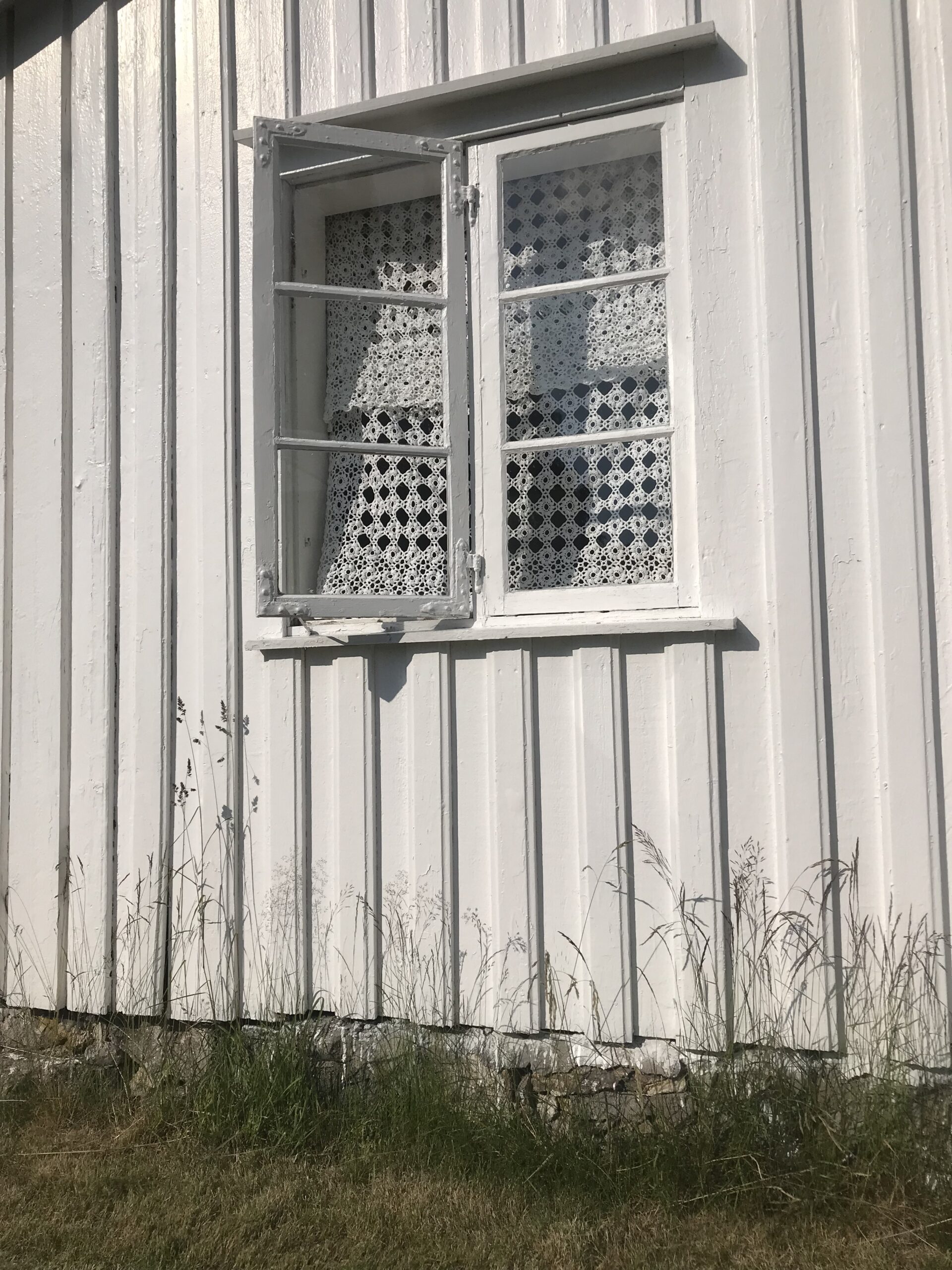Came a homeless man, without a foot,
dressed up in a new canvas sack,
tied up with a belt in the usual style,
and an Alfalfa tower of hair (all in soot)
with lint in the vertical layers.
He was walking down Fifth
and he put down his bags
by the church of St. Thomas Divine,
and he stopped and he stood
and he stooped from the stairs,
and recited the following prayer:
I’m a mollusk, he said, no, not always purblind,
with a very small heart and a brain,
with a siphon to breathe and some jelly to float
and a useful, for swimming fast, foot.
I used to have teeth but do not any more.
There are 10 to the 5 types of me,2
and our shells and our cores are about the same shape,
though our shells are what you’d want to see.3
I lay millions of eggs; they swim freely, unseen,
and then sink all alone in the sea.4
1From Gr. phylon, “race, stock,” related to phyle, “tribe, clan,” and phylein, “bring forth”
2There are nearly one hundred thousand known types of mollusks, including snails, slugs, clams and other bivalves, squids, and octopi. The colossal squid, at up to thirty-three feet long, is one of the largest invertebrates.
3At this point in the story, two investment bankers from the crowd rushed to Cartier to buy the homeless mollusk a diamond hair pick; some bystanders from the Sorbonne rubbed organic avocado lotion on his foot; and a girl in a dress from Henri Bendel arm-wrestled a punky paralegal to see who would take him home.
4 This happened, or will.
Larissa Shmailo translated the Russian transrational opera Victory over the Sun for the Los Angeles County Museum of Art’s landmark restaging of the work. She is editor of the anthology Twenty-first Century Russian Poetry (Big Bridge) and translates for the Eugene A. Nida Institute of Biblical Scholarship’s History of Bible Translation book series. Her work has appeared in Fulcrum, Barrow Street, Drunken Boat, Jacket and many other journals, as well as in the anthologies Words for the Wedding (Penguin) and Contemporary Russian Poetry (Dalkey Archive Press). Her books of poetry are In Paran (BlazeVox), Fib Sequence (Argotist Ebooks), and A Cure for Suicide (Cervena Barva Press); her poetry CDs are The No-Net World (SongCrew) and Exorcism (SongCrew); she received the 2009 New Century Music Awards for poetry with electronica, jazz, and rock, and “Best Poetry Album” for Exorcism.
[Click here to purchase your copy of Issue 08]




